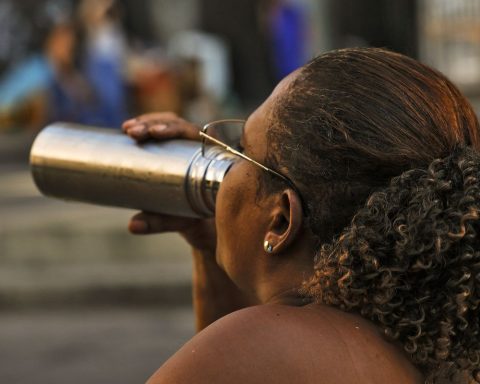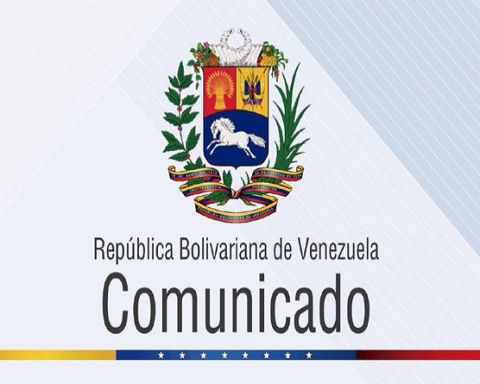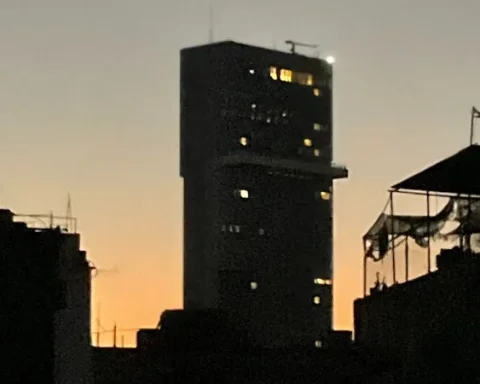Five days after President Jair Bolsonaro announced the end of water scarcity flag on the electricity bill and the entry into force of the green flag as of April 16, the National Electric System Operator (ONS) informed that it must come to stay. Further changes are not expected until the end of the year. This means that tariffs will probably not increase again in 2022.

“This is the expectation,” said Luiz Carlos Ciocchi, director general of the ONS, today (11). The entity is responsible for coordinating and controlling the electricity generation and transmission operations of the National Interconnected System (SIN).
The tariff flag system is what defines the real cost of energy. When the conditions of energy generation are not favorable, it is necessary to activate the thermoelectric plants, increasing costs. Thus, additional charges are intended to cover the difference and also work to curb consumption.
When the green flag is in effect, there are no additions to the electricity bill. In the yellow flag, the consumer pays an additional R$ 0.01874 for each kilowatt-hour (kWh). The red flag is divided: at level 1, the increase is R$0.03971 and at level 2 it is R$0.09492.
Last year, the flag was created of water scarcity, which sets an increase of R$ 14.20 for every 100 kWh consumed. It had been in effect for seven months, since September. According to the federal government, the measure was necessary to offset the costs of energy generation, which became more expensive as a result of the dry period in 2021, which was the worst in 91 years.
Ciocchi said that, with the volume of rainfall recorded since the end of last year, the current situation of the hydroelectric power plant reservoirs will allow the country to go through the rest of the year more smoothly and safely than in 2021. “Southeast and Midwest end the rainy season at the best level since 2012”, he observed.
According to the director-general of the ONS, thermal generation should be limited to inflexible plants, which are those that cannot stop and have a capacity of around 4,000 MW (megawatts). In the worst moments of the 2021 water crisis, thermal plants accounted for more than 20,000 MW.
Currently, hydroelectric plants are responsible for about 65% of energy generation in the country. The Brazilian matrix has been modified in recent years with the growth of new renewable sources, such as wind, which already represents approximately 9% of the total.
Despite the recovery of the hydroelectric plants, Ciocchi considers that the government decision to contract thermal plants emergencies last year. They must guarantee, by December 2025, the energy reserve that was considered necessary for a long-term recovery. “At the time we made the decision, there was a great deal of uncertainty. We had two choices: the regret of hiring and the regret of not hiring”, he pointed out.














